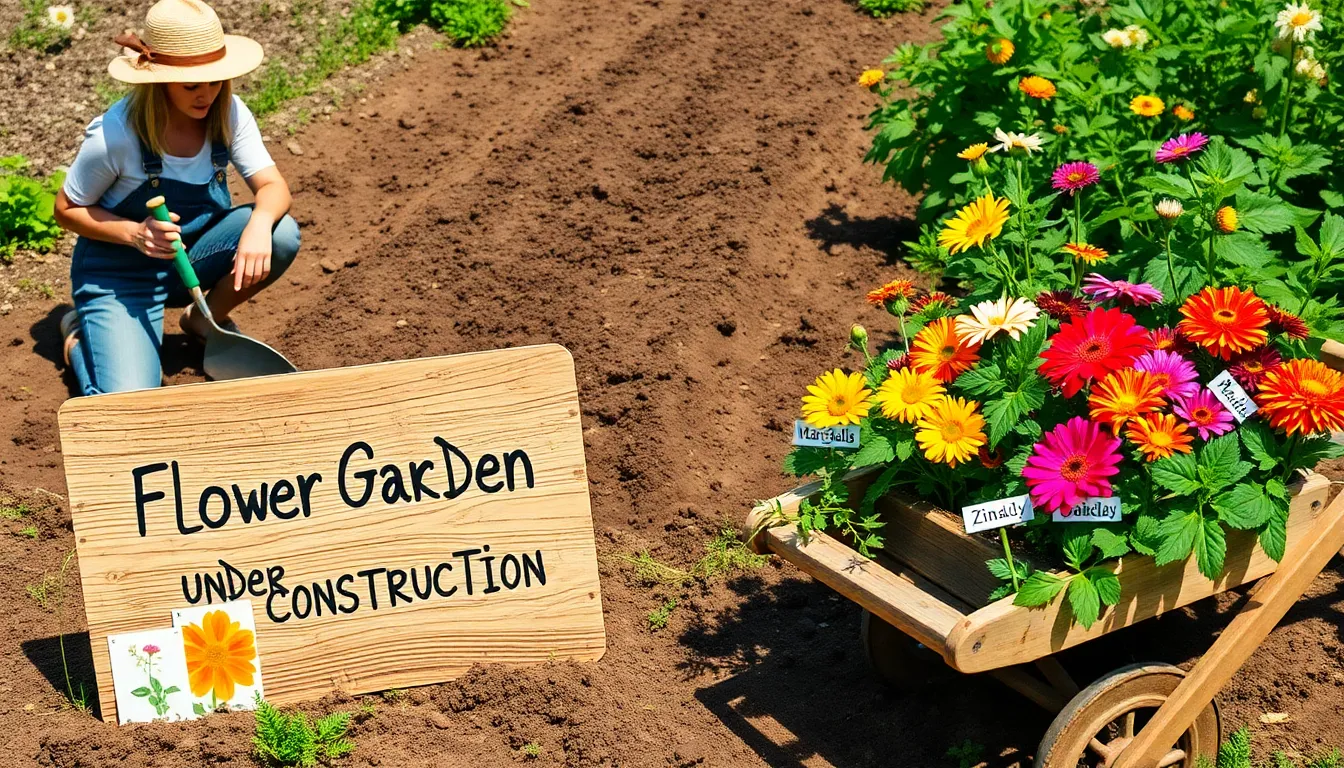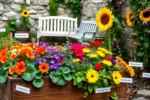Starting a flower garden from scratch is like painting a canvas with nature’s palette, and whether you’re a seasoned green thumb or a budding gardener, the process taps into a universal joy. There’s something deeply satisfying about watching your efforts bloom into a vibrant tapestry of colors, textures, and scents right outside your door. The allure of a flower garden lies not only in its beauty but also in its ability to transform any space into a sanctuary of tranquility and inspiration.
In this article, we’ll guide you through the essential steps to create your own floral haven, from selecting the right location to choosing plants that suit your climate and soil. You’ll learn how to prepare your garden bed, sow seeds, and nurture your plants to ensure they thrive. Whether you’re dreaming of a cottage garden overflowing with wildflowers or a neatly arranged bed of perennials, you’ll find the knowledge and confidence here to bring your vision to life. So, grab your gardening gloves and let’s embark on this delightful journey together.
Select Ideal Garden Location
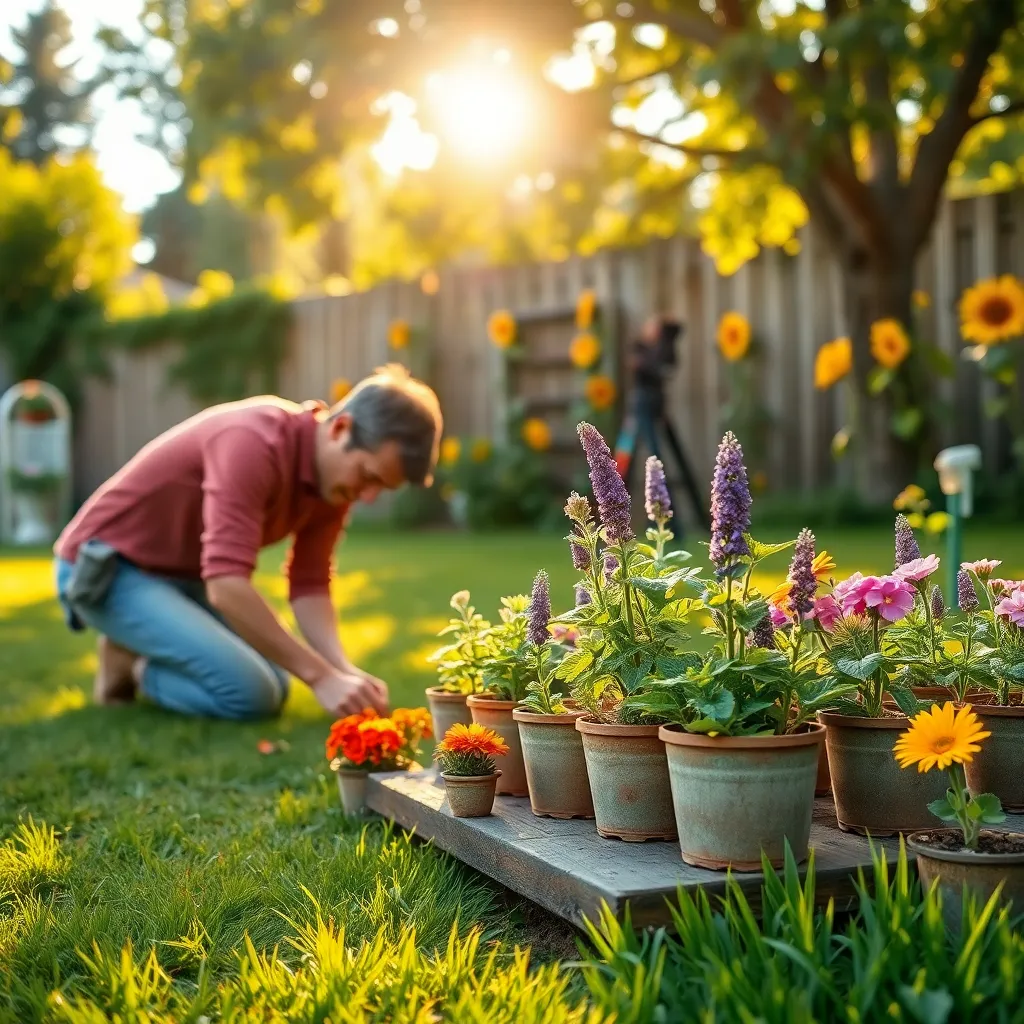
Choosing the right location for your flower garden is crucial to its success. Begin by observing your yard throughout the day to determine which areas receive consistent sunlight and which spots are more shaded.
Consider the needs of the plants you wish to grow, as different flowers have varying light requirements. For instance, sun-loving plants like roses and lavender thrive best in areas that receive at least six hours of direct sunlight daily.
Soil quality is another key factor when selecting a garden location. Perform a simple soil test to check for drainage and pH levels, ensuring you can amend it to meet the needs of your chosen flowers.
Additionally, assess the proximity to a water source since regular watering is essential for most gardens. For a more advanced setup, consider installing a drip irrigation system to maintain consistent moisture without overwatering.
Test and Amend Soil Quality
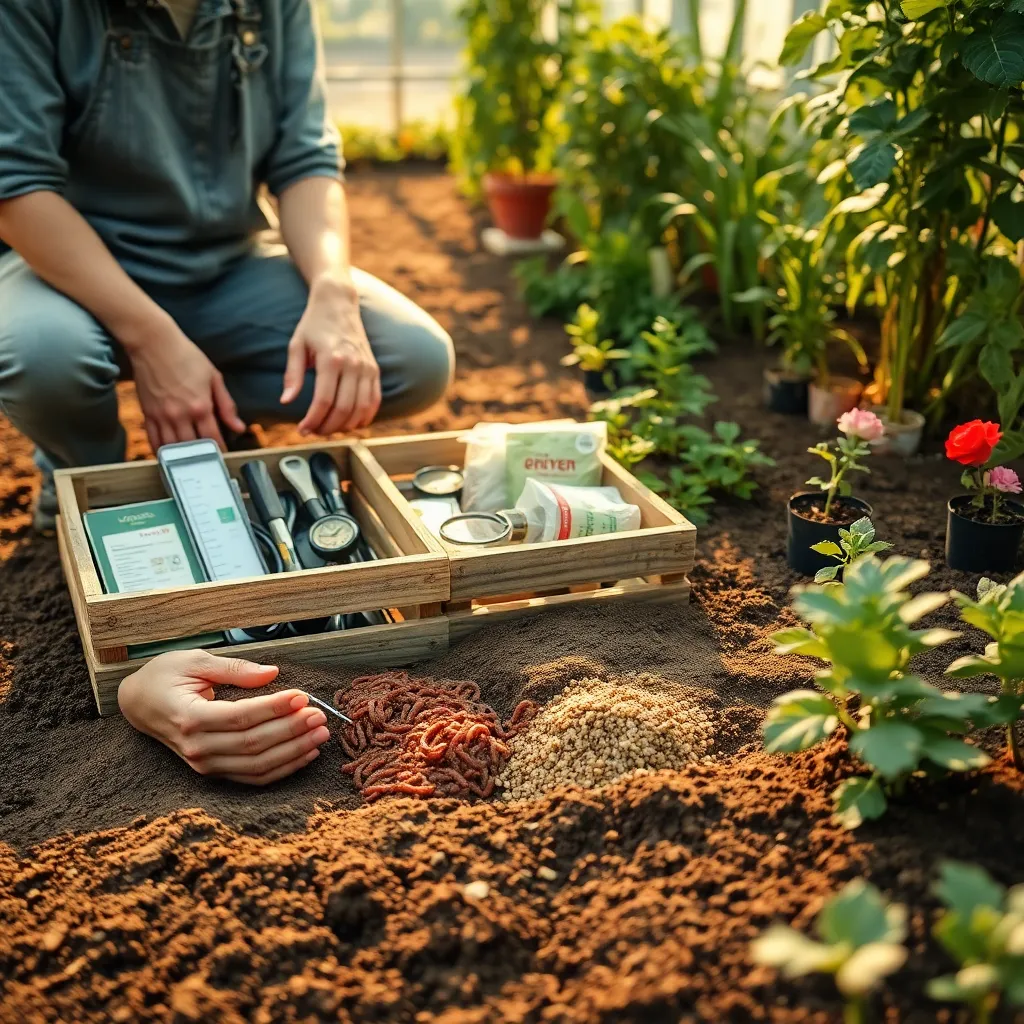
Understanding your soil’s quality is crucial for a thriving flower garden. Begin by conducting a simple soil test to determine its pH and nutrient levels, which will guide your amendments.
Soil test kits are widely available at garden centers or online and are easy to use. By following the instructions on these kits, you’ll gain insights into whether your soil is acidic, neutral, or alkaline.
Once you have your soil test results, it’s time to make necessary amendments. For example, if your soil is too acidic, adding lime can help balance the pH to a more neutral level.
Incorporating organic matter such as compost or well-rotted manure can significantly improve soil texture and nutrient content. These amendments enhance drainage in clay soils and improve water retention in sandy soils.
For those looking to optimize their garden further, consider adding specific mineral supplements based on your soil test results. Elements like phosphorus or potassium might be needed to support flower development and root growth.
Choose Suitable Flower Varieties
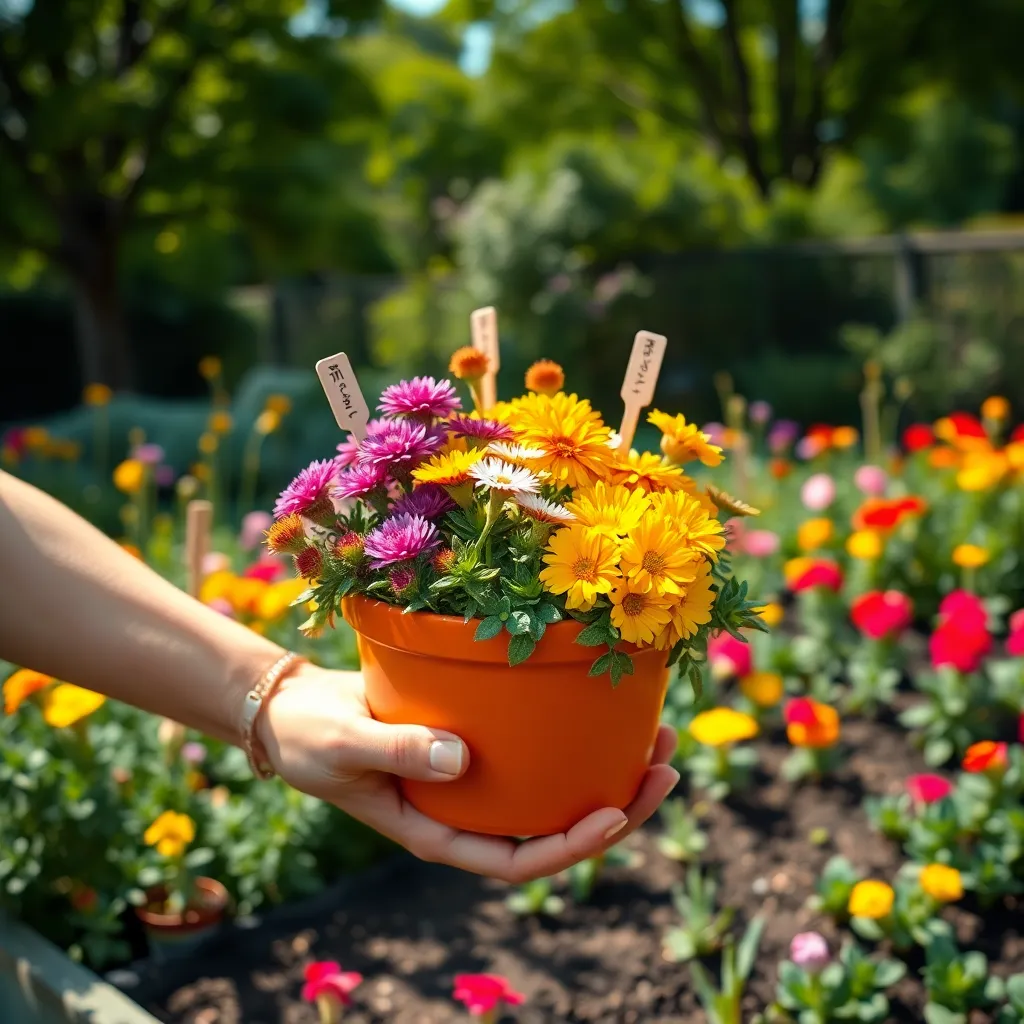
After ensuring your soil is primed for planting, it’s time to think about which flower varieties will thrive in your garden. Start by considering your garden’s light conditions; some flowers require full sun, while others flourish in partial shade.
For beginners, selecting flowers like marigolds, zinnias, and sunflowers can be a great choice due to their hardy nature and low maintenance needs. These varieties typically do well in well-drained soil and require moderate watering, making them ideal for first-time gardeners.
Advanced gardeners might enjoy experimenting with more delicate species such as orchids or roses, which demand specific care routines. For example, roses thrive in loamy soil with a slightly acidic pH and benefit from deep watering once a week.
Consider the climate and seasonality of your area when selecting flowers, as some species are better suited for certain regions and times of year. Annuals like petunias and impatiens can provide vibrant color throughout the summer, while perennials like daylilies offer long-term beauty year after year.
- Evaluate your garden’s sunlight exposure and choose flowers accordingly.
- For a low-maintenance start, opt for hardy flowers like marigolds and zinnias.
- Experiment with advanced varieties like roses for a more challenging project.
- Always match your flower choices to the local climate and seasonal conditions.
Plan and Design Garden Layout
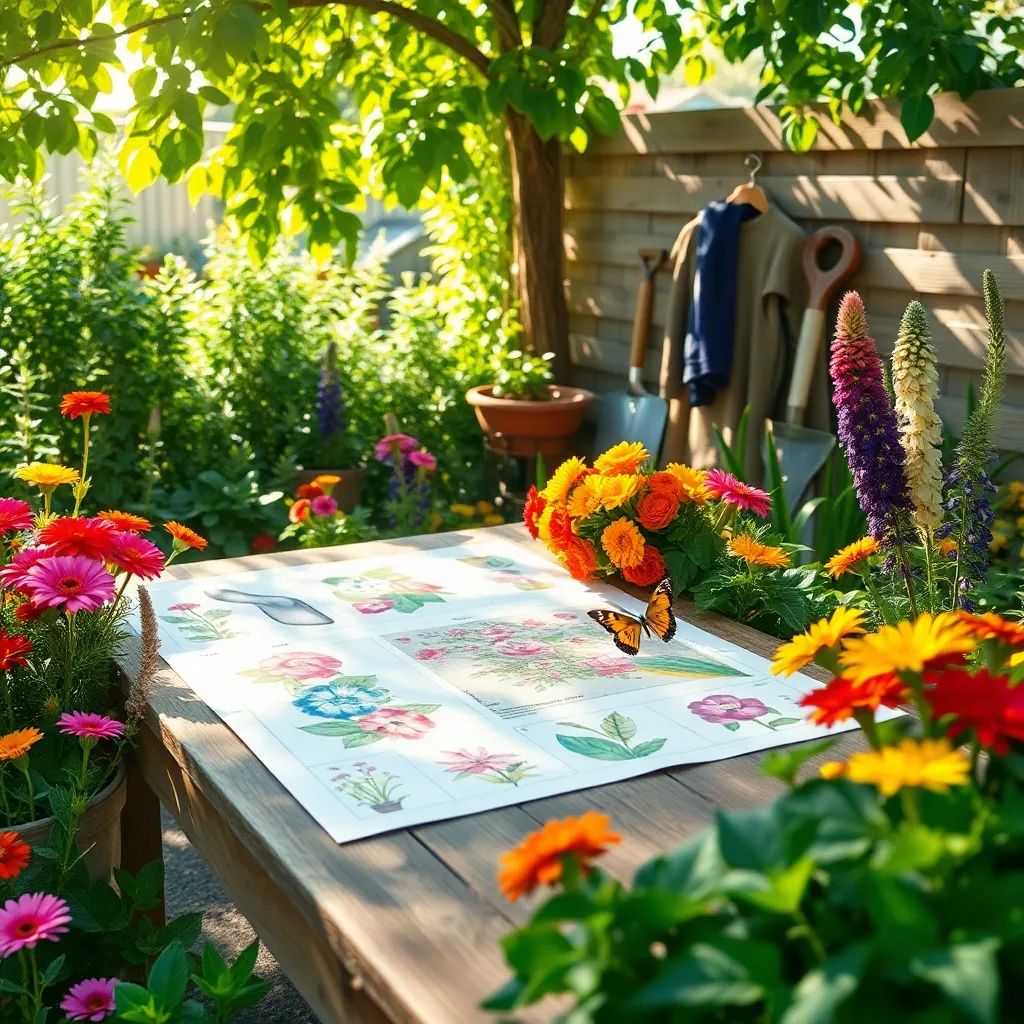
Designing a garden layout is crucial to creating a vibrant and thriving flower garden. Start by sketching a diagram of your garden space, including existing features like trees and structures, to ensure your plan is realistic and achievable.
Consider the growing conditions each flower variety prefers, such as sunlight, soil, and water needs. Group plants with similar requirements together to simplify maintenance and ensure each plant thrives in its environment.
For beginners, a simple layout with clear borders and pathways can help maintain order and accessibility. Use a variety of heights and colors to create visual interest, placing taller plants at the back or center and shorter ones in the front.
Advanced gardeners might experiment with companion planting strategies to enhance growth and deter pests naturally. Strategically placing plants that benefit each other can lead to a more productive and sustainable garden.
Plant and Water Appropriately
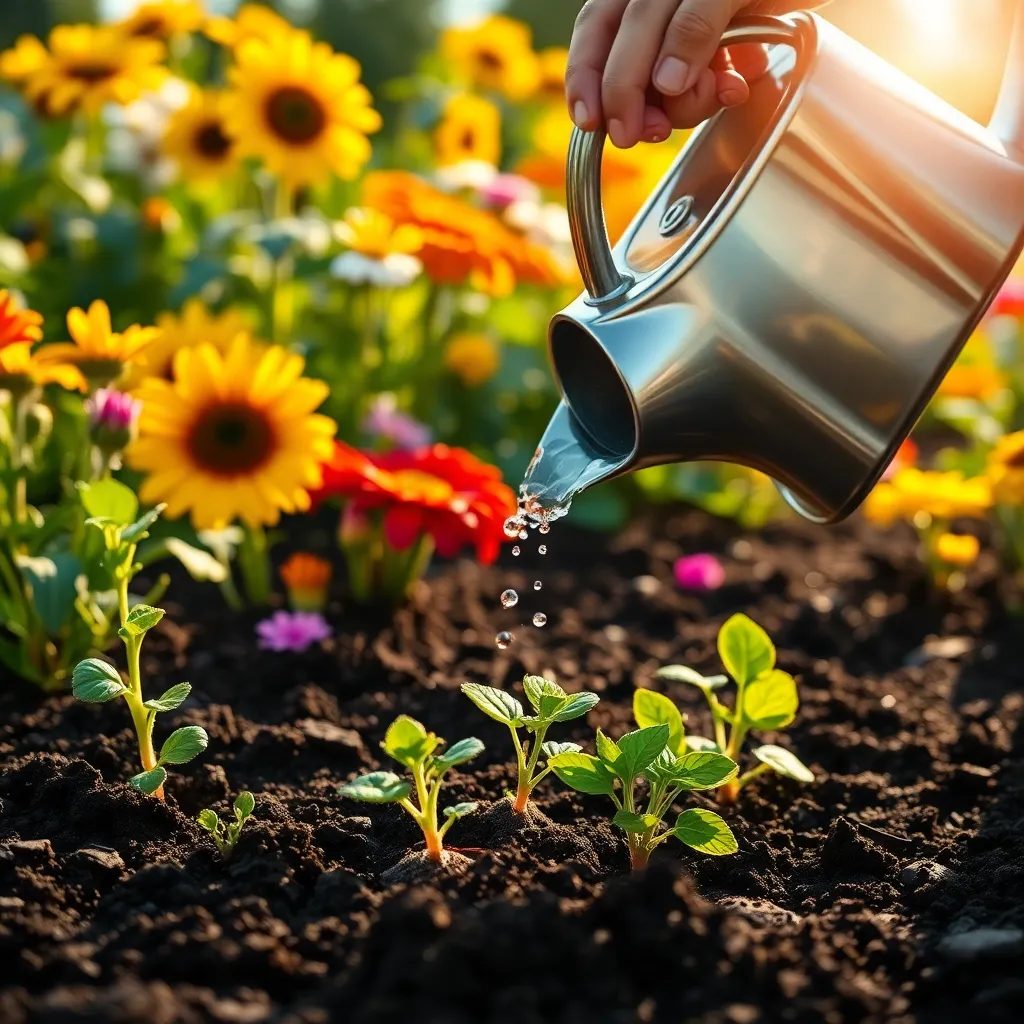
Proper planting is crucial for a thriving flower garden, so start by choosing the right plants for your climate and soil type. Conduct a soil test to determine pH levels and nutrient content, which will guide you in selecting flowers that will flourish in your garden.
When planting, ensure you dig a hole that’s twice as wide and just as deep as the root ball of each plant. This encourages roots to spread easily and access necessary nutrients, leading to healthier growth and more vibrant blooms.
Consider the specific watering needs of each plant species, as some flowers prefer moist soil while others thrive in drier conditions. Group plants with similar water requirements together to simplify your watering routine and conserve resources.
Avoid overwatering by checking soil moisture before adding more water; the top inch of soil should be dry before you irrigate again. For a beginner, using a moisture meter can be a handy way to ensure the soil isn’t too wet or too dry.
Advanced gardeners can benefit from integrating drip irrigation systems, which provide consistent moisture directly to the root zone and reduce water wastage. These systems are particularly useful in arid climates or for those who might not have the time for frequent watering.
Mulching around your plants can help retain soil moisture and minimize evaporation, reducing the need for frequent watering. Organic mulches like shredded bark or straw also decompose over time, adding nutrients back into the soil.
Conclusion: Growing Success with These Plants
As you embark on the journey of starting a flower garden from scratch, remember the valuable relationship concepts we’ve explored. First, understanding the importance of nurturing your garden mirrors the care needed in any relationship. Second, preparation and planning lay the foundation for growth, whether in soil or personal connections. Third, the patience required for flourishing blooms is akin to the patience needed for relationship success. Fourth, diversity in your garden, as in relationships, brings resilience and beauty. Lastly, tending to your garden regularly is a reminder of the consistent effort needed to maintain and nurture relationships.
Now, take the first step by setting aside time this week to plan your garden or spend quality time on a cherished relationship. To ensure you have these insights at your fingertips, save or bookmark this article for future reference.
Remember, just like a garden, relationships thrive with dedication and love. By applying these principles, you are sowing seeds for a future filled with vibrant and lasting connections. Here’s to your blossoming success in both your garden and your relationships!

